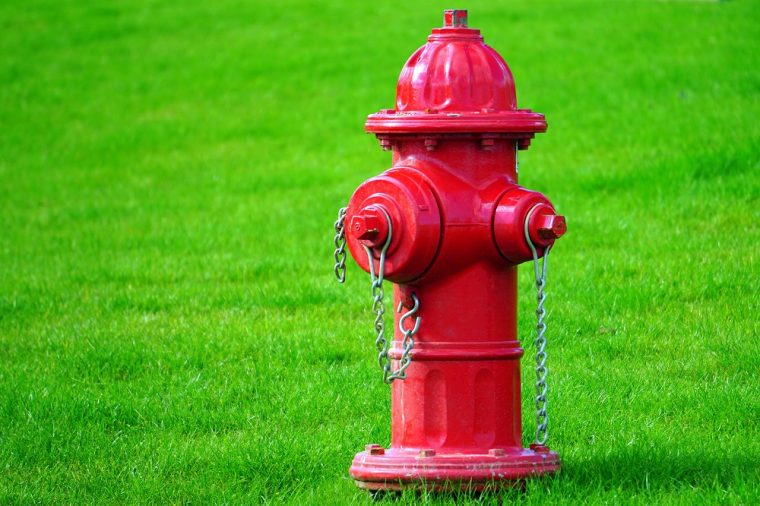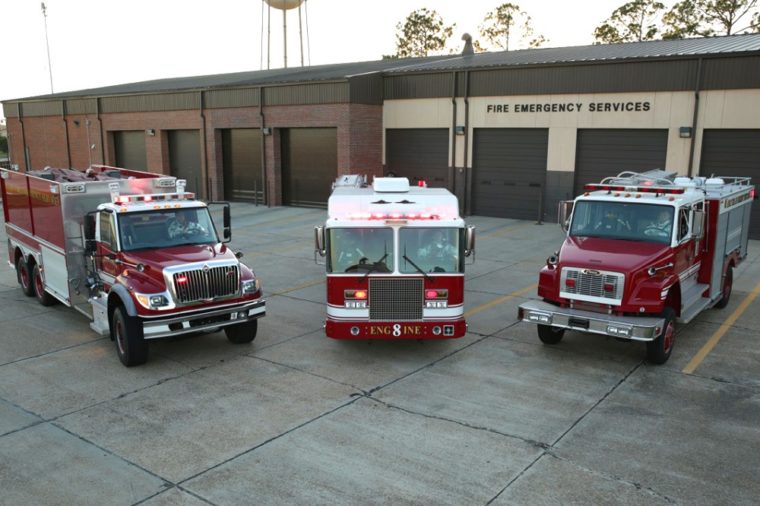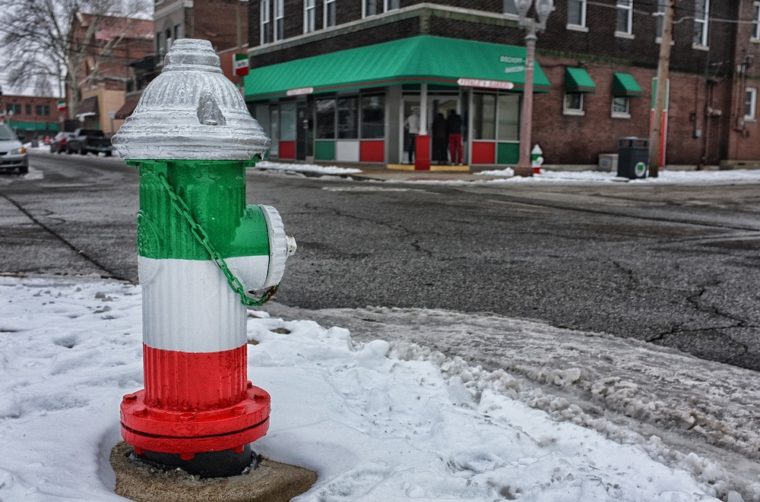Why are Fire Hydrants Different Colors and What Do They Mean?

Photo: Mike Bird
During a recent trip to Cleveland, something caught my eye while I was in the passenger’s seat of my girlfriend’s car — a freshly painted red fire hydrant. It seemed odd to me that it was so brightly colored, and something about it didn’t sit well with me. “Aren’t the fire hydrants at home yellow?” I thought to myself. Upon arriving home, 200 miles later, I confirmed that the fire hydrants in my apartment complex were, in fact, a pale yellow instead of an alarming red. But why are fire hydrants different colors and what do they mean?
Recently Hit a Fire Hydrant? Here’s why you should service your vehicle at a dealership
Hydrants are coded for firefighters
It turns out that fire hydrant colors are actually really important for firefighters and are not just an aesthetic choice made by your local neighborhood (most of the time). Depending on the set of guidelines being followed, the color of the hydrant lets the fire department know how much water is available for them to use. Some hydrants offer 500 GPM (gallons per minute) or less while others can provide up to 2,500 GPM. Water pressure (measured by PSI) is also a factor that’s considered when a firefighter chooses a hydrant.

Photo: U.S. Air Force/Eddie Green
There’s not just one set of guidelines
While there’s not one set standard of fire hydrant color guidelines in the U.S., the most commonly used system was created by the National Fire Protection Agency. In this system, referred to as the NFPA 291, hydrants using public water supply systems should be painted chrome yellow and should have color-coded tops to denote the available GPM.
- Red: Below 500 GPM
- Orange: 500-999 GPM
- Green: 1,000-1,499 GPM
- Blue: Above 1,500 GPM
However, if the fire hydrant isn’t connected to a public water supply and is accessing a private system shared by houses in a neighborhood, it should be painted an entirely different color to distinguish it from the public system. If a hydrant is inoperable, it should be painted black, but if it’s only temporarily unusable, a black bag should be placed over it.
Stay Safe at All Times: Learn more about OnStar and what it could do for you
Other municipalities have their own color-coding systems that can contain things like roman numerals, standard stenciled numbers, and a wider range of colors. But if you decide to paint a fire hydrant in your yard to look like a Dalmatian or an American flag, you’re not really helping anyone. In fact, it makes it even harder for firefighters to distinguish whether or not they can use that hydrant to put out a fire.

Photo: Botsojoy
There are SO MANY variables
Firefighters are also good at math — or at least, they should be. Putting out a fire is more than just spraying a ton of water on it. Because it is a chemical reaction, there are many factors that firefighters take into account when choosing a hydrant and the nozzle on the end of their hose. Water pressure is taken into account, as is the fire’s size and location. Firefighters must determine the correct amount of water to use or else they could (1) not be able to put out the fire before it swallows a home or vehicle or (2) use too much water and cause water damage to the property.
Conclusion
This is just a tiny bit of information about fire hydrants and what each color means. But no matter the color of the hydrant, the most important rule to remember is to never park in front of one. Although it could be tempting to leave your car directly in front of the building you’re going into, you could end up blocking a firefighter from accessing a hydrant that’s needed to save lives. Not to mention, parking in front of a hydrant is obviously illegal and no one wants to pay that fine.
Watch this video from Today I Found Out to learn more:

Ben never thought he’d be writing about cars for a living, but here he is, knowing more about the Kia Stinger than he’d care to admit. When he’s not devoting his time to researching engine specs and other oh-so-exciting car details, he can be found enjoying time with his wife and dogs. See more articles by Ben.

